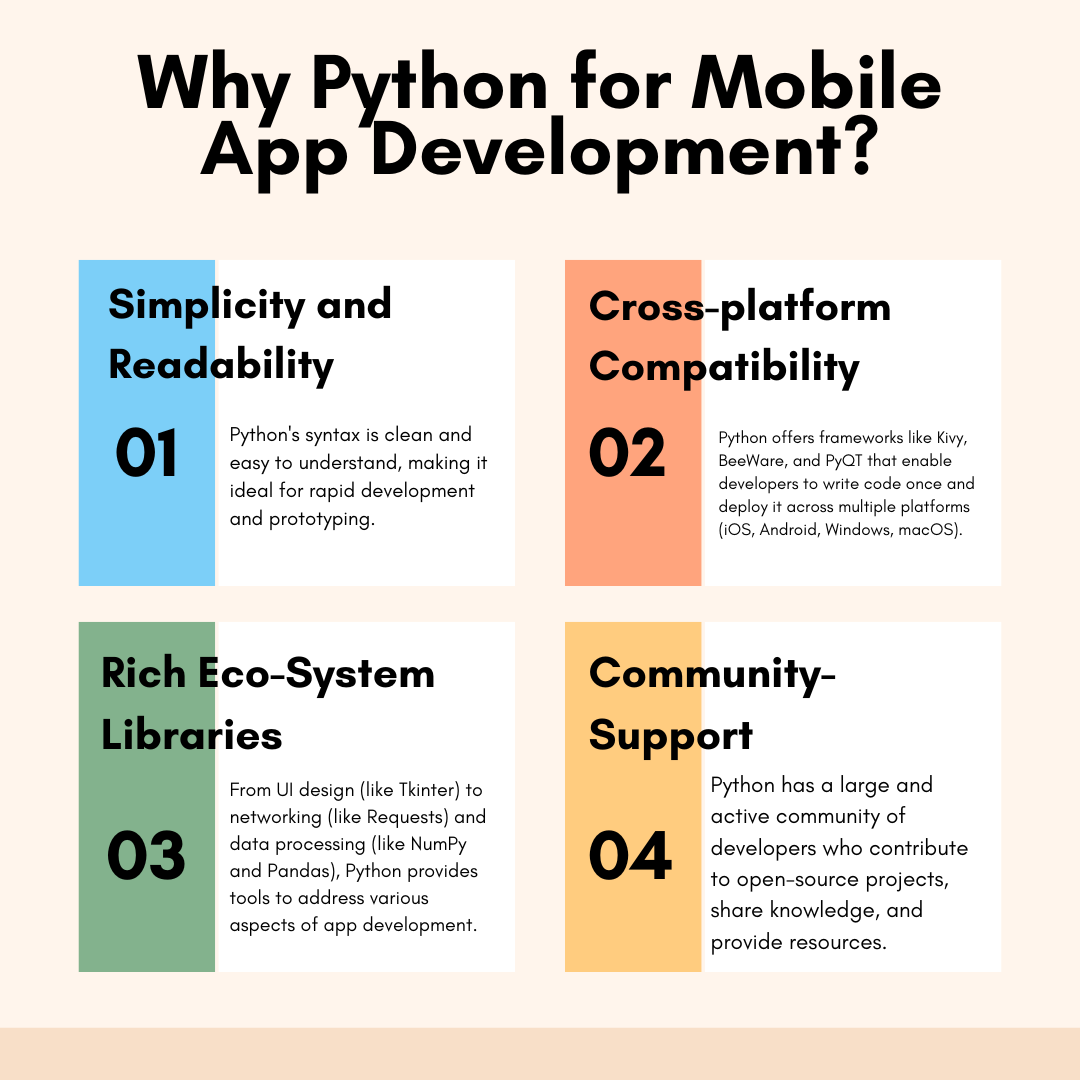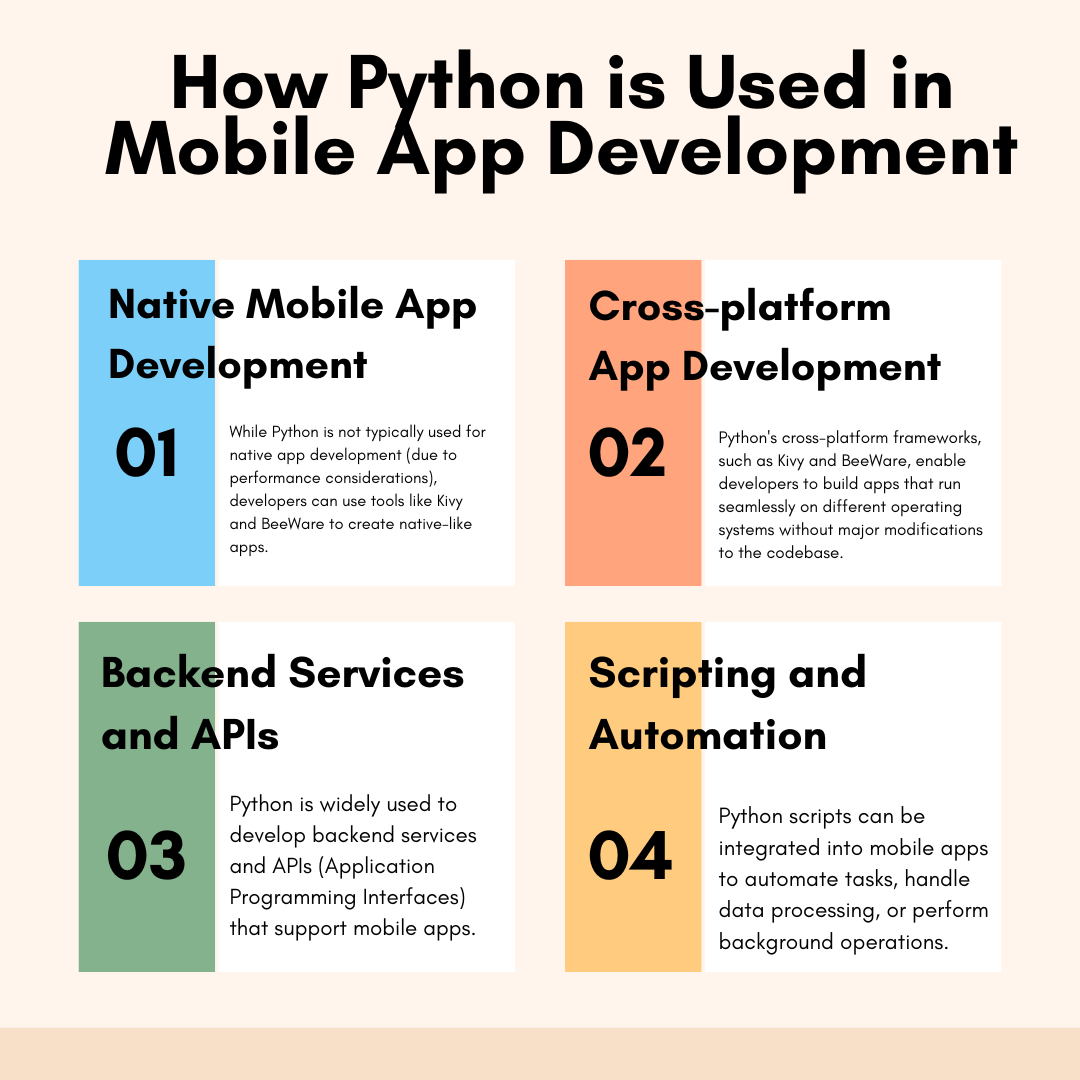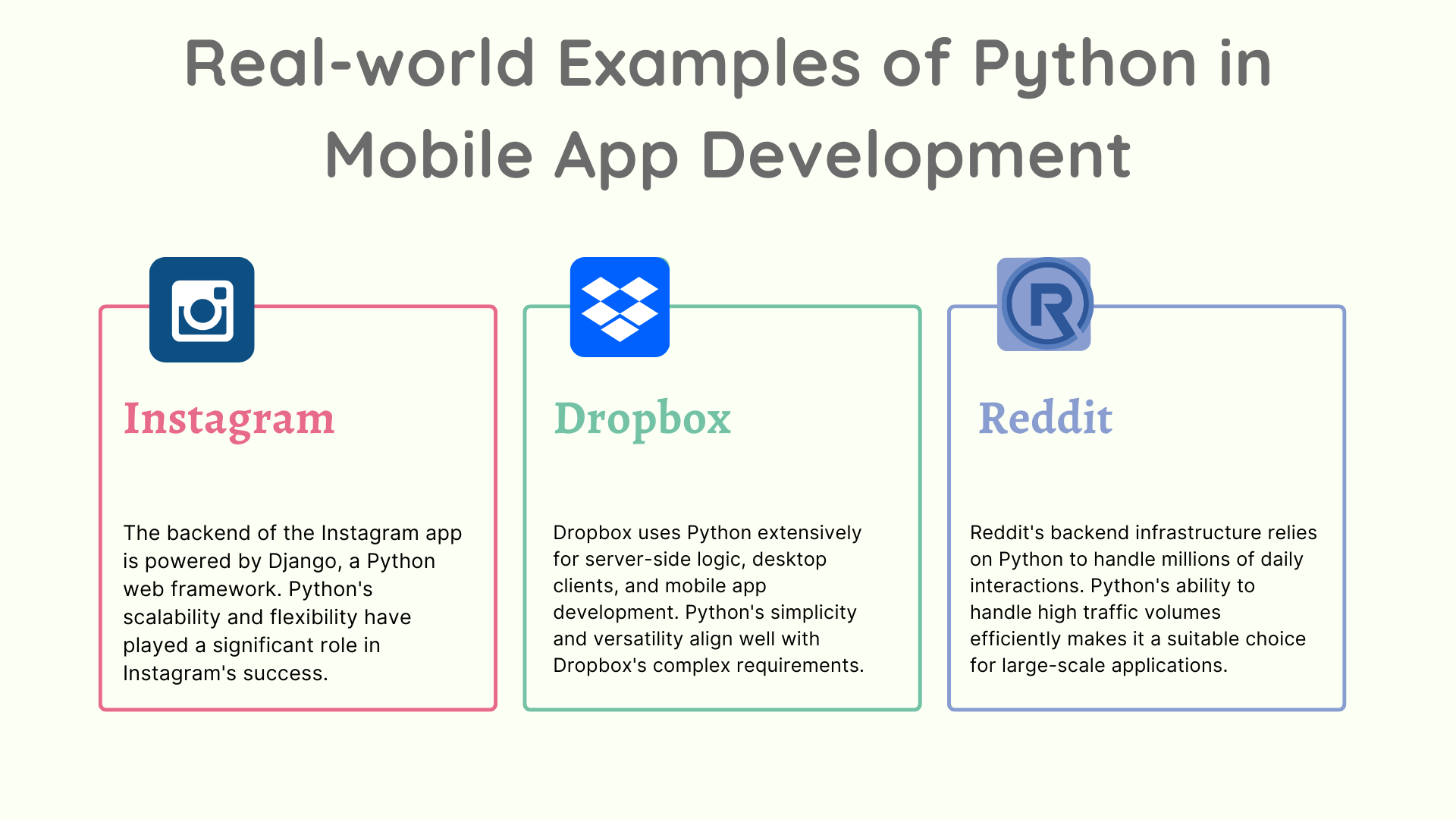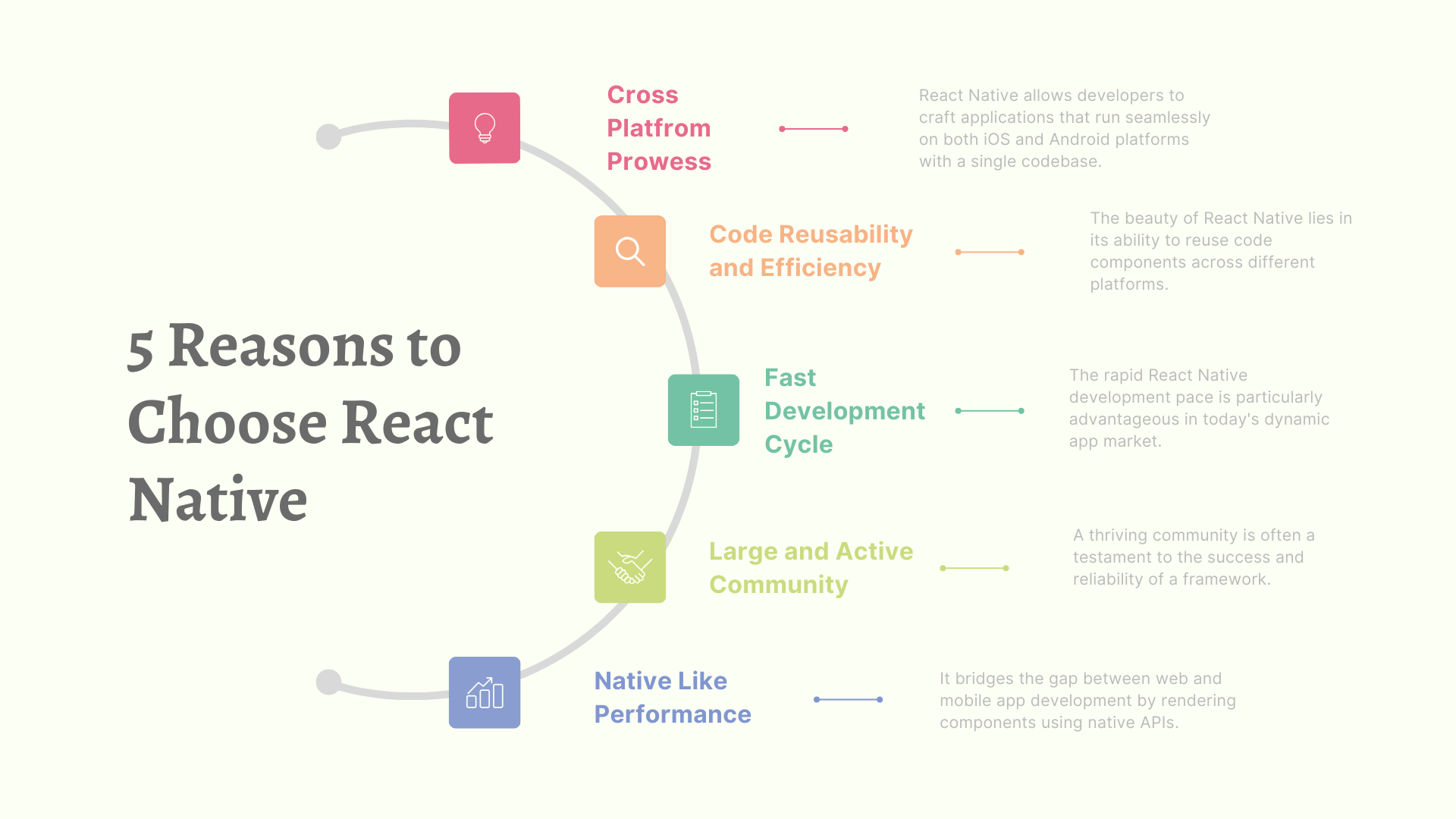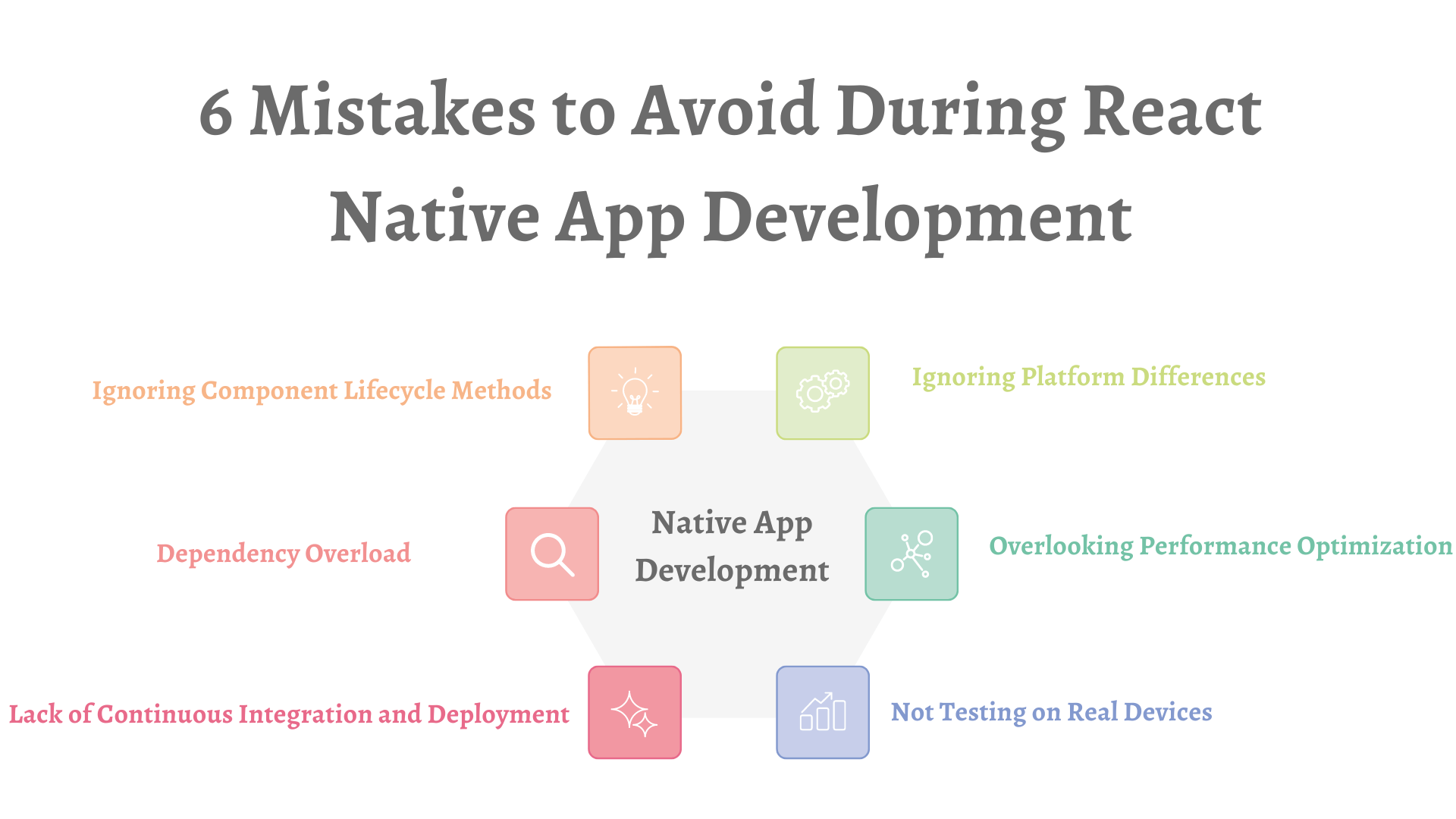In the dynamic realm of mobile app development, Python has emerged as a compelling choice for developers seeking efficiency, versatility, and rapid prototyping capabilities.
While traditionally known for its prowess in web development and data science, Python’s influence is now extending into the realm of mobile applications.
Join us as we explore the fascinating journey of how Python is transforming the landscape of mobile app development, enabling developers to create powerful and feature-rich apps across diverse platforms.
Why Python for Mobile Development?
- Simplicity and Readability: Python’s syntax is clean and easy to understand, making it ideal for rapid development and prototyping. This simplicity reduces the time and effort required to build and maintain mobile apps.
- Cross-platform Compatibility: Python offers frameworks like Kivy, BeeWare, and PyQT that enable developers to write code once and deploy it across multiple platforms (iOS, Android, Windows, macOS). This cross-platform compatibility streamlines the app development process and reduces development costs.
- Rich Ecosystem of Libraries: Python boasts a vast collection of libraries and frameworks for app development. From UI design (like Tkinter) to networking (like Requests) and data processing (like NumPy and Pandas), Python provides tools to address various aspects of app development.
- Community Support: Python has a large and active community of developers who contribute to open-source projects, share knowledge, and provide resources. This support network fosters collaboration and innovation in mobile development.
How Python is Used in Mobile Development?
- Native App Development
While Python is not typically used for native app development (due to performance considerations), developers can use tools like Kivy and BeeWare to create native-like apps. These frameworks allow you to write Python code that gets compiled into native code for iOS and Android platforms.
- Cross-platform App Development
Python’s cross-platform frameworks, such as Kivy and BeeWare, enable developers to build apps that run seamlessly on different operating systems without major modifications to the codebase. This approach simplifies app maintenance and updates.
- Backend Services and APIs
Python is widely used to develop backend services and APIs (Application Programming Interfaces) that support mobile apps. Frameworks like Django and Flask are popular choices for building robust and scalable backend systems that interact with mobile clients.
- Scripting and Automation
Python scripts can be integrated into mobile apps to automate tasks, handle data processing, or perform background operations. This scripting capability enhances app functionality and improves user experience.
Real-world Examples of Python in Mobile Development
- Instagram: The backend of the Instagram app is powered by Django, a Python web framework. Python’s scalability and flexibility have played a significant role in Instagram’s success.
- Dropbox: Dropbox uses Python extensively for server-side logic, desktop clients, and app development. Python’s simplicity and versatility align well with Dropbox’s complex requirements.
- Reddit: Reddit’s backend infrastructure relies on Python to handle millions of daily interactions. Python’s ability to handle high traffic volumes efficiently makes it a suitable choice for large-scale applications.
Conclusion
In conclusion, Python’s role in mobile app development is evolving rapidly, driven by its simplicity, robust ecosystem, and cross-platform compatibility.
As businesses and developers continue to seek innovative solutions for mobile experiences, Python stands out as a formidable ally, empowering developers to build scalable, efficient, and engaging mobile applications.
Whether you’re a seasoned developer or a newcomer to the field, exploring Python for mobile development opens up a world of possibilities, offering a pathway to create sophisticated and impactful mobile solutions in today’s interconnected world. Embrace the power of Python and embark on a journey of innovation in mobile app development. Hire Andolasoft to craft engaging mobile apps using Python development.
